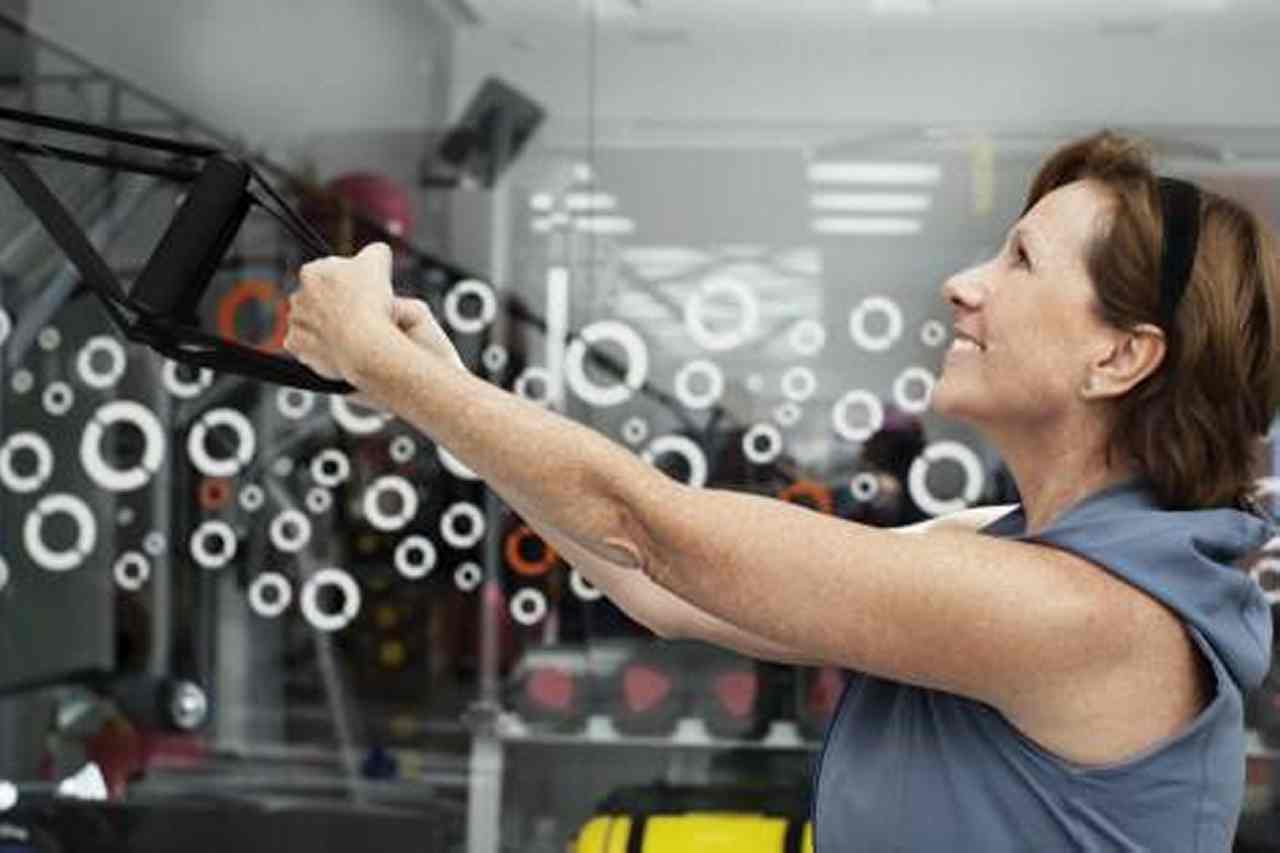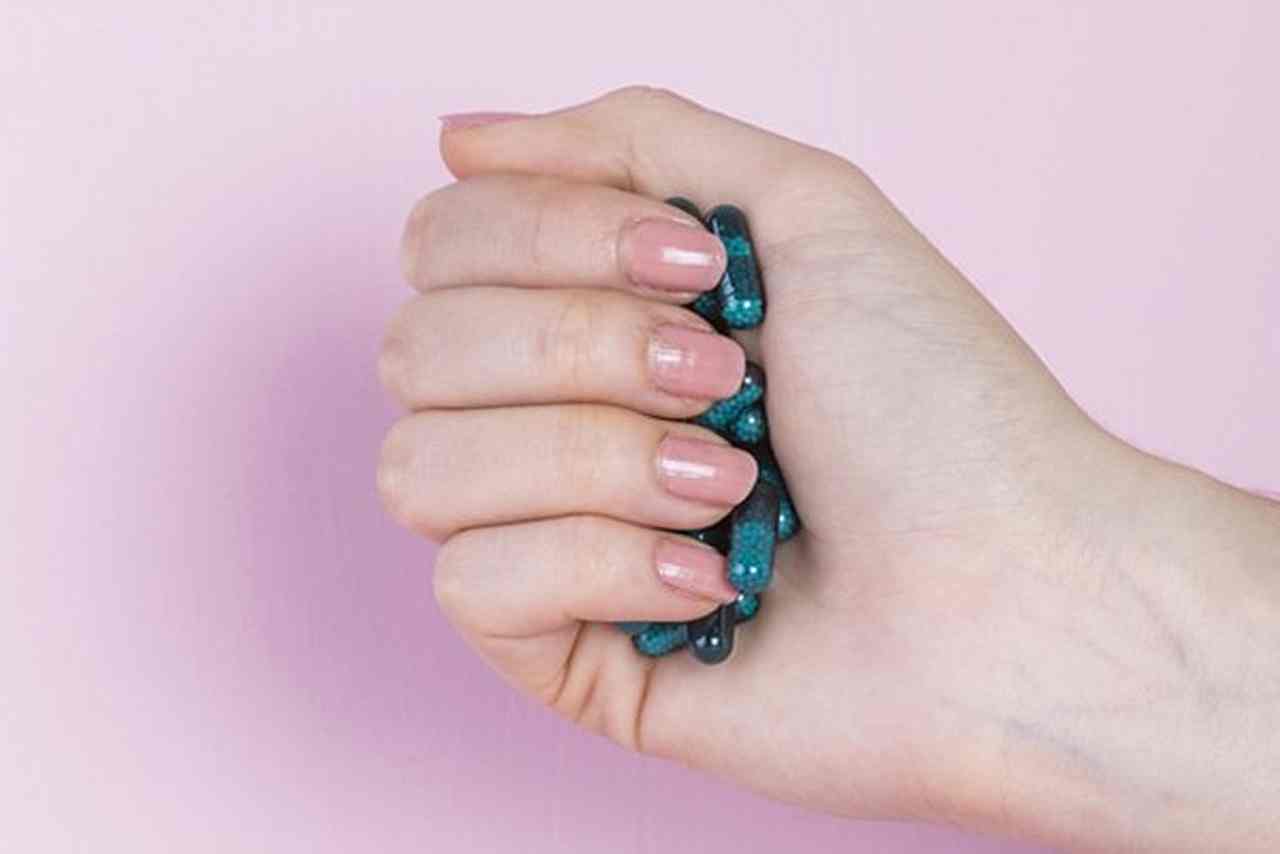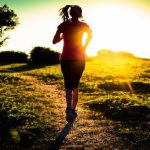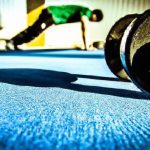A team of researchers from two UK universities collected data on more than 2,500 women and analyzed both their bone health (using ultrasound scans) and daily activity levels. According to the research[1], women who did just one minute of high-intensity exercise a day had 4% better bone health. That number increased to 6% among the women who did two or more minutes.
It’s hard to believe, but it’s true. Just 60 to 120 seconds of rapid burst running can have a significant effect on your bone health. The study examined both pre-menopausal and post-menopausal women, which is important given that women are four times more likely to develop osteoporosis than men. This discovery has given us a clear understanding of how important exercise is for bone health.
“We don’t yet know whether it’s better to accumulate this small amount of exercise in bits throughout each day or all at once, and also whether a slightly longer bout of exercise on one or two days per week is just as good as 1-2 minutes a day,” said lead author Dr Victoria Stiles, of the University of Exeter.
“But there’s a clear link between this kind of high-intensity, weight-bearing exercise and better bone health in women.
“Because this is a cross-sectional study — which assesses data taken from a subset of the population at a particular point in time — we can’t be sure whether the high-intensity physical activity led to better bone health, or whether those with better bone health do more of this exercise.
“However, it seems likely that just 1-2 minutes of running a day is good for bone health.”
The researchers looked at data on more than 2,500 women, and compared activity levels (measured by wrist-worn monitors) with bone health (measured by an ultrasound scan of heel bone).
Dr. Stiles said data from UK Biobank — taken from monitors worn for a week — was broken down into single seconds to understand how people go about their daily activities.
“We wanted to make every second count in our analysis, because short snippets of high-intensity activity are more beneficial to bone health than longer, continuous periods,” she said.
“We were careful not to ignore short bursts of activity throughout the day.”
As a suggestion for anyone interested in increasing their day-to-day levels of activity, Dr. Stiles said: “The UK’s National Osteoporosis Society recommends increasing your walking activity first.
“Further on, we would suggest adding a few running steps to the walk, a bit like you might if you were running to catch a bus.”
Good bone health has multiple health benefits, including a reduced risk of osteoporosis and fractures in older age.
Reference:
1. Victoria H Stiles, Brad S Metcalf, Karen M Knapp, Alex V Rowlands. “A small amount of precisely measured high-intensity habitual physical activity predicts bone health in pre- and post-menopausal women in UK Biobank.” International Journal of Epidemiology, 2017.
About Andy Peloquin
Sports and exercise have always been a huge part of my life. I played my first basketball game at age 6, and have tried just about every sport on the planet — save golf and croquet. Being a large, hefty lad (currently standing at 6′ 6″ and weighing 275 lbs), I am passionate about weights, cycling, running, sprint training, and practicing martial arts. I’m currently a green belt in Karate, Taekwondo, Hapkido, and kickboxing, and work hard to take my skills to the next level. Fitness and health are my passion, and I love writing and sharing what I know. I am a certified Professional Trainer and always looking for ways help others meet their health and fitness goals.













